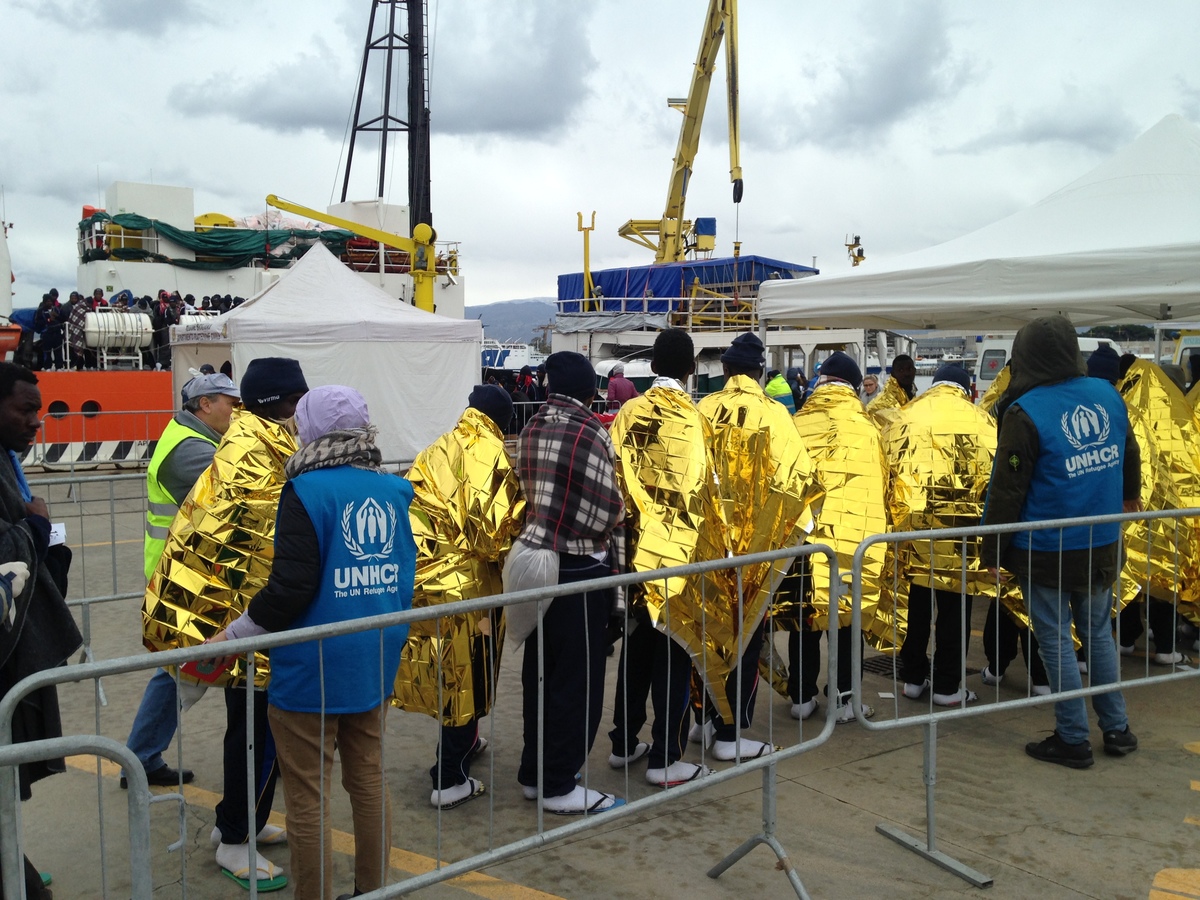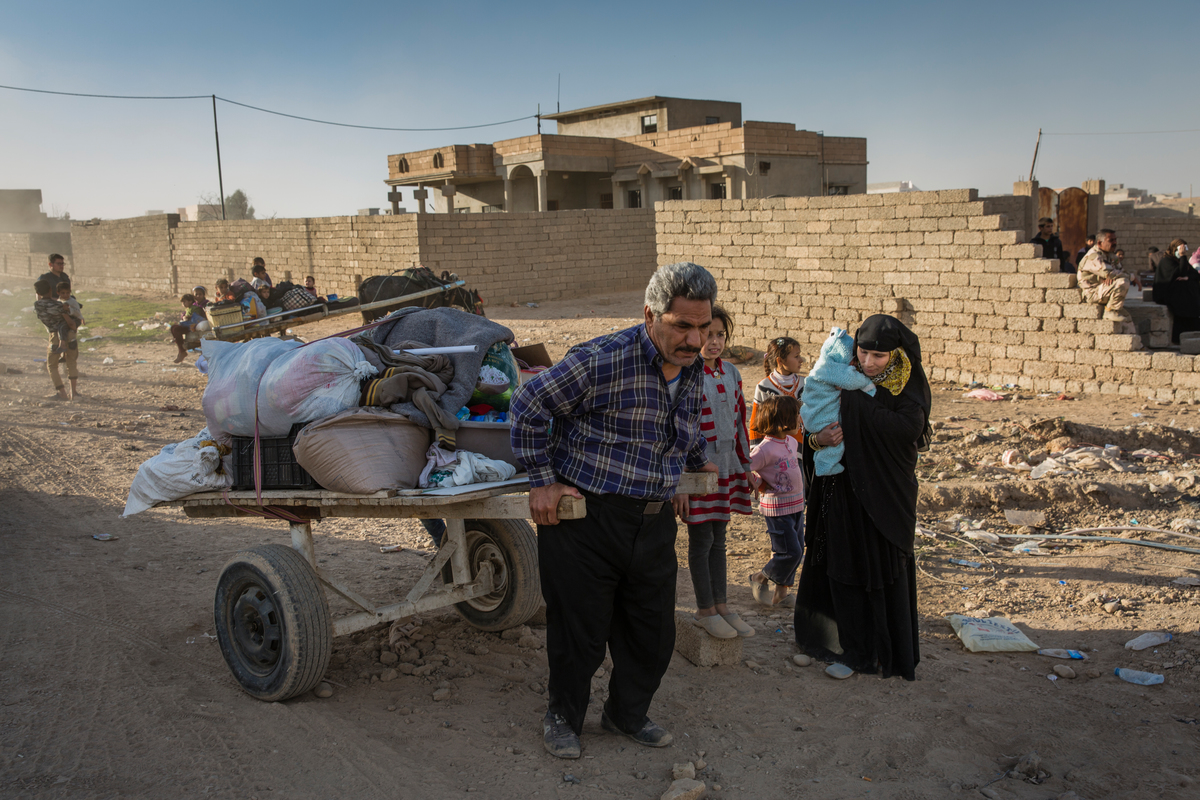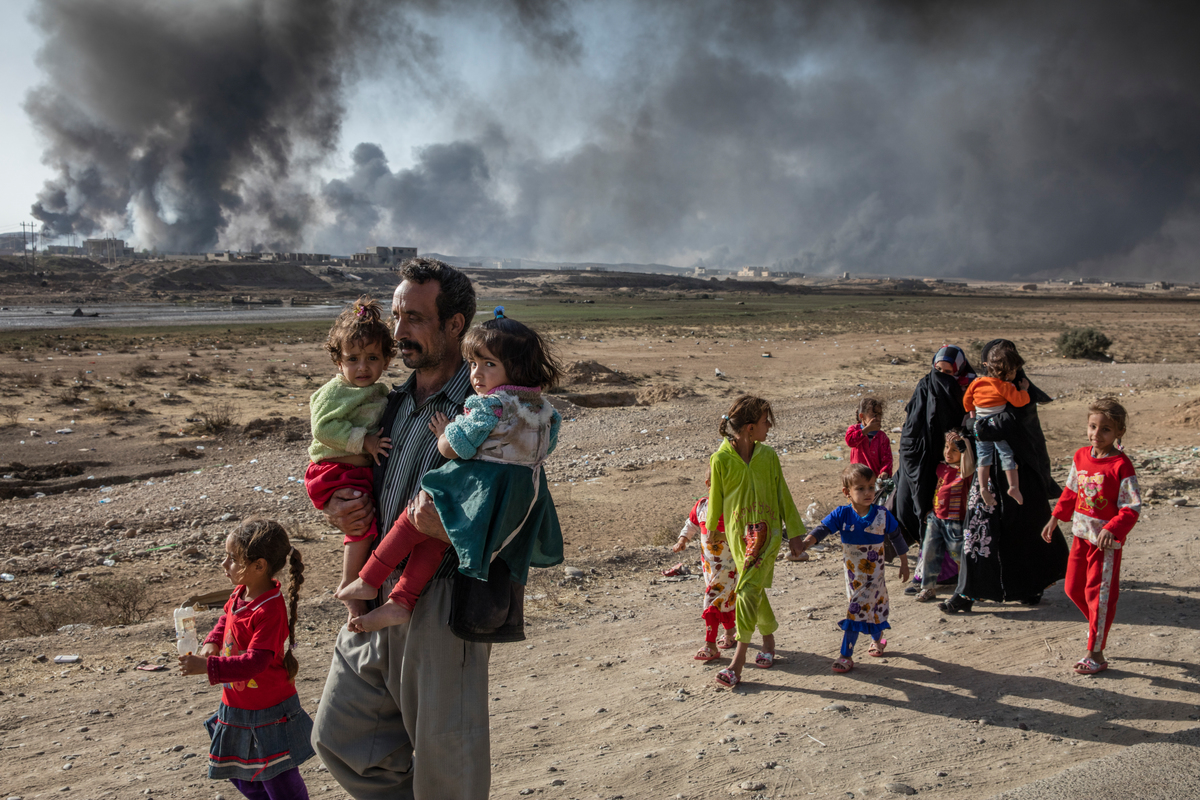UNHCR annual global statistics published today
UNHCR annual global statistics published today
UNHCR is publishing its annual global statistics this morning, just ahead of World Refugee Day on Monday. The main findings are as follows:
The global number of refugees fell 4 percent in 2004 to 9.2 million, the lowest total in almost a quarter of a century. However, the numbers of internally displaced and stateless people remain high.
Despite the drop in refugee numbers to the lowest level since 1980, the total "of concern" to UNHCR - which also includes asylum seekers, returnees, stateless people and a portion of the world's internally displaced people - increased to 19.2 million from 17 million over the course of last year.
The decline in the global refugee number for a fourth year in succession can largely be attributed to an almost unprecedented level of voluntary repatriation. In all, more than 5 million refugees have been able to return to their home countries since the end of 2001 - 3.5 million of them to Afghanistan alone. In 2004, a total of 1.5 million refugees repatriated voluntarily, an increase of some 400,000 over the previous year.
The total number of people "of concern" to UNHCR grew last year by just over 2 million to 19.2 million. The increase was mainly the result of a rise in the numbers of internally displaced people, stateless persons and others in a similar predicament to 7.6 million - up from 5.3 million at the end of 2003.
The number of internally displaced people of concern to UNHCR increased partly as a result of two new developments in 2004: the additional responsibility to help protect 660,000 of the 1.8 million displaced people in Darfur, and an increased government estimate of the number of displaced people in Colombia - up by 240,000 to 2 million.
Another major reason for the increase in the overall number is a major drive by UNHCR to improve the accuracy of the global data on statelessness.
With the exception of Palestinians cared for by UNRWA, Afghans remained the biggest refugee group at 2.1 million. But Sudanese accounted for the largest increase in 2004. Sudan produced 125,000 new refugees, mostly people fleeing the Darfur region to neighbouring Chad. The total number of Sudanese refugees worldwide rose by 20 percent to 731,000 in 2004.
Among the top 10 refugee populations, the only other nationality to show an increase were Congolese (from the Democratic Republic of the Congo), who went up 2.4 percent to 462,000. The other main refugee groups remained the same or decreased.
The top countries of asylum were Iran (1,046,000 refugees, mostly Afghans) and Pakistan (961,000, almost all Afghans). The next three largest asylum countries are Germany, Tanzania and the United States.








